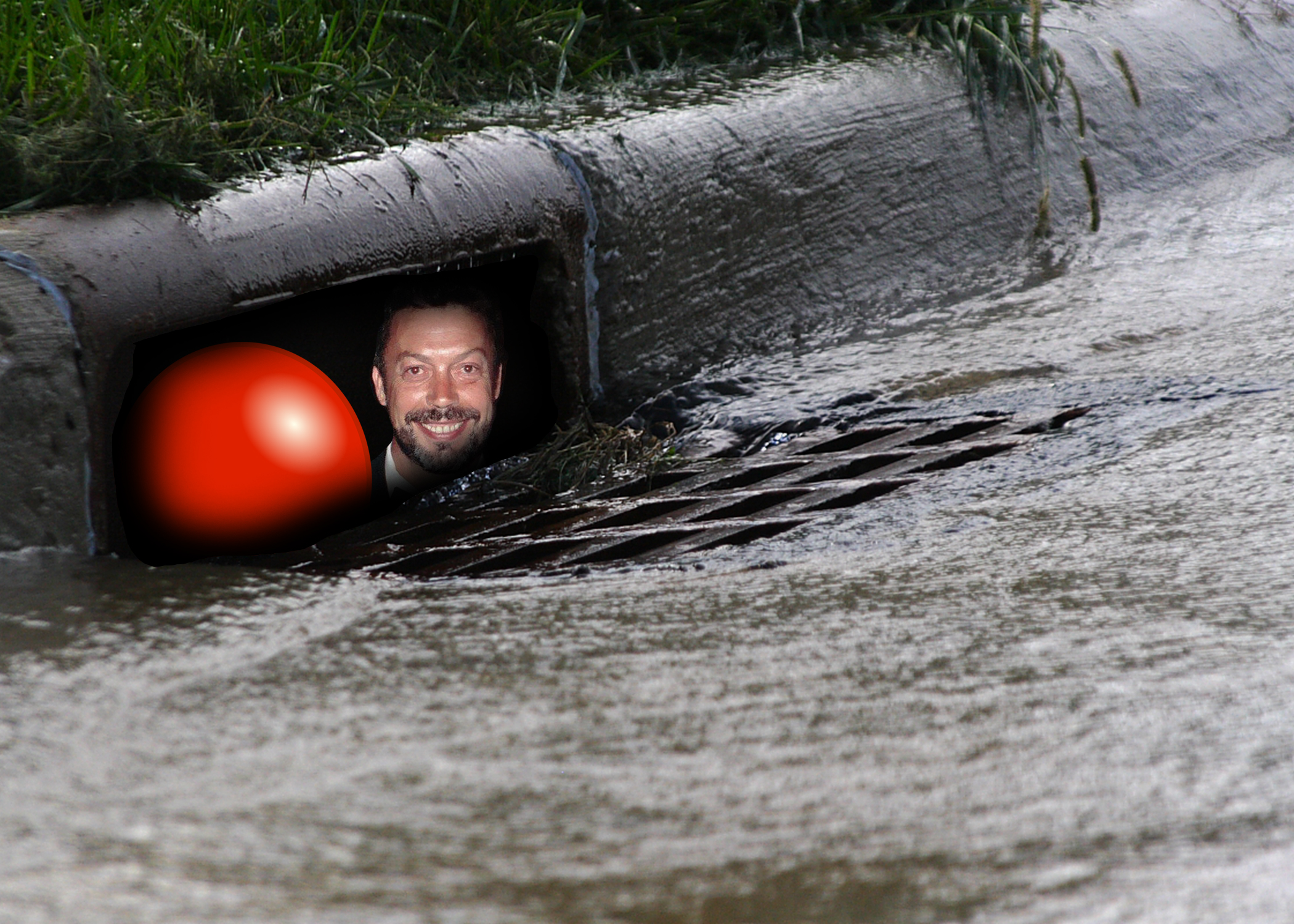While the remake of “It” may have better jump scares and CGI, that does not take away the from the superiority of the original 1998 movie, abridged from the ABC mini-series.
One reason why the old version remains superior has to do with Pennywise, or “It” — the terrifying main character of the movie.
Contrary to the remake, portraying Pennywise as a circus clown made him significantly more frightening than his new CGI-intense portrayal. The original depiction of “It,” played by Tim Curry in the three-hour mashup movie, was a happy and joyful clown that gave a false sense of safety to the children who were unfortunate enough to encounter him.
“The old one worked with a much smaller budget and thus depended more on good writing than cheap jump scares,” junior biology major Talia Brooks.
The original version created a more ominous meaning out of the famous line, “You’ll float too!” At the end of the 2017 remake, the line has a literal meaning, as the bodies of the children Pennywise were physically floating in the air. In the original, the line has a much more powerful meaning.
According to an article by Quora, the 1998 version presents the audience with two separate meanings. The first and more ambiguous meaning of “You’ll float too” is due to the fact that Pennywise lives in the sewers — when he drags his victims down, their lifeless corpse remains to float in the sewer waters.
The greater meaning of the line, however, deals with the concept of deadlights. The deadlights essentially represent limbo for the lost souls of Pennywise’s victims. Instead of going to Christian concepts of heaven or hell, the souls float in the deadlights for eternity. Each time “It” says “You’ll float too,” he does not mean the bodies will literally float, he means their souls will be his to steal and use as he pleases.
Unlike the 2017 remake, the original “It” mash-up movie explained what the deadlights were, similarly to the novel it is based on, and therefore made it clear that they were the most dangerous weapon Pennywise possessed.
Another important aspect of the movie that was done poorly by the over-done remake is the ending. While the visual appeal was not the best in the 1998 version, the emotional appeal was much stronger than the new remake.
As the children — affectionately nicknamed the “Loser’s Club” — learn to fight against “It,” each child makes it clear that they are much stronger together than they are apart. This was something completely disregarded in the latest version.
In the original mini-series, the children enter the sewer together as a team and even join hands to help defeat Pennywise. As a viewer, the togetherness of the Losers Club can be felt through the screen, therefore creating a powerful moment during the film that the remake lacked.
Because of the creativity of directors, the authenticity of a terrifying clown and loyalty towards the integrity of the original story by Steven King, the 1998 production of “It” is far superior to the two-part remake. For more riveting scares, viewers should opt for the vintage movie in favor of the over-done remake.



